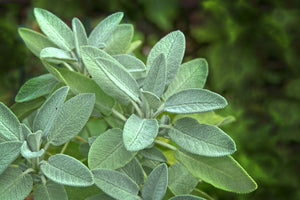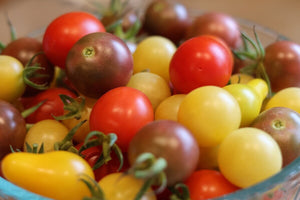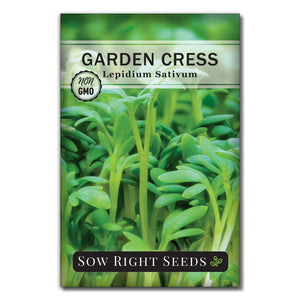Downloadable Sunflower Gardening Lesson Plan
Kids in the gardenWe are thrilled to share our sunflower gardening lesson plan with you. This lesson plan combines Patty's years of teaching elementary school with her love of gardening. We hope to encourage many children to enjoy growing seeds and become future gardeners.

Using Sunflower Seeds to Teach Gardening Science
- Use this simple gardening lesson plan to engage children in learning about planting seeds.
-
The lesson plan includes:
- Materials list
- Discussion questions
- Literature suggestions
- Follow-up ideas
- Mammoth sunflower seeds are the perfect seed for a gardening curriculum. They are quick to germinate and will grow to an impressive size.
Sunflower Gardening Lesson Plan
Recommended for Elementary School Children
Materials Needed:
Peat Pots, compostable and eco-friendly
Soil Wafers
Wood Plant Markers
Container that holds water to expand soil wafers in.
One cup measuring cup
Marker
Grow lights or a windowsill with at least six hours of sunlight.
Growing tray to place peat pots in and hold water when watering. (No holes in the bottom.)
Prepare Ahead of Time:
Gather a container to expand soil wafers in, one container that has a pour spout, and a one-cup liquid measurer. Also, have a sunny place in mind for the planted peat pots.
Children’s Gardening Literature:
"A Seed Grows" - Antoinette Portis
"From Seed to Plant" - Gail Gibbons
"The Tiny Seed" - Eric Carle
"Seed to Plant" - National Geographic Kids, Kristin Baird Rattini
"Lola Plants a Garden" - Anna McQuinn
"Mr. Seed’s Journey" - Elizabeth Walters

Lesson & Planting:
-
Write three questions on the board with room to make a list underneath each question for a KWL activity.
What do we Know about seeds?
What do we Want-to-Learn?
What did we Learn?
At this point, only discuss questions one and two: first, question one, then question two. Write the students' answers below the corresponding questions.
Read the book "A Seed Grows."
-
Additional discussions and insights could include:
What do seeds need to grow into a plant?
Do all seeds need the same conditions to grow?
What differences do seeds have?
What seeds can we grow where we live?
Next, read the growing instructions on the back of the Mammoth Sunflower Seeds packet. Encourage students to follow the instructions as they plant their seeds.
Soil wafers will need to be expanded with water before planting. This is a lot of fun, and I recommend doing this part of the activity in small groups.
Give each child a soil wafer, a container that holds water, and a one-cup measurer with water in it. Have them slowly pour the water over the soil wafer, allowing it to expand, making sure the entire wafer is expanded and damp. Then, have the students scoop all their damp soil into their peat pots. They'll need to wash their hands after this.
When everyone has finished expanding their wafer, demonstrate to the whole class the planting depth of one inch. I recommend holding up a ruler and then showing how much of my index finger that is. Remind the students to lightly cover the seed after planting. Then give each student a seed to plant in the peat pot.
After planting, place pots in direct sunlight, such as a sunny windowsill or under grow lights. Remember the planting instructions on the packet regarding planting depth and soil temperature.
Count out days for germination and mark on a calendar days so students can be excited about seeing their sunflower plant come up.
Follow up with the third question on the KWL: What did you learn? Fill in the chart as a whole group.
During the next 7-14 days, provide opportunities for students to journal and document their plant progress.
After sunflowers have several leaves, allow students to take their peat pot and sunflower home to plant in their yard and care for it. Remind them to water the plant, especially when it is young; as it gets big, it will actually do well with less water.
Provide follow-up activities on gardening and growing plants.
Follow-Up Activities:
Read additional children's gardening literature in read-aloud and reading groups
Provide writing prompts for students about growing plants from seed or gardening.
Additional growing tips:
For more Mammoth Sunflower Growing Tips visit our Planter’s Library.
Gardening is such a simple way for a hands-on lesson that engages all ages of children. We hope you enjoy this free lesson plan. We'd love to hear how it goes for you and your students.
Popular Posts
-

How to Grow Sage from Seed to Savory Harvest
-

Grow Your Own Cherry Tomatoes and Enjoy Them in These Delicious Ways








Leave a comment